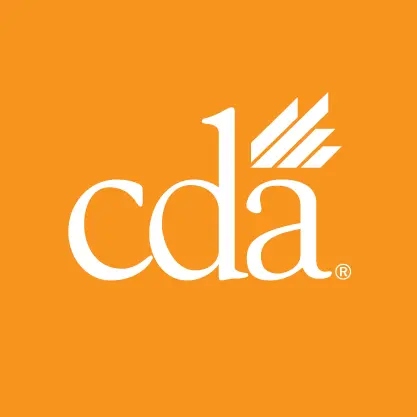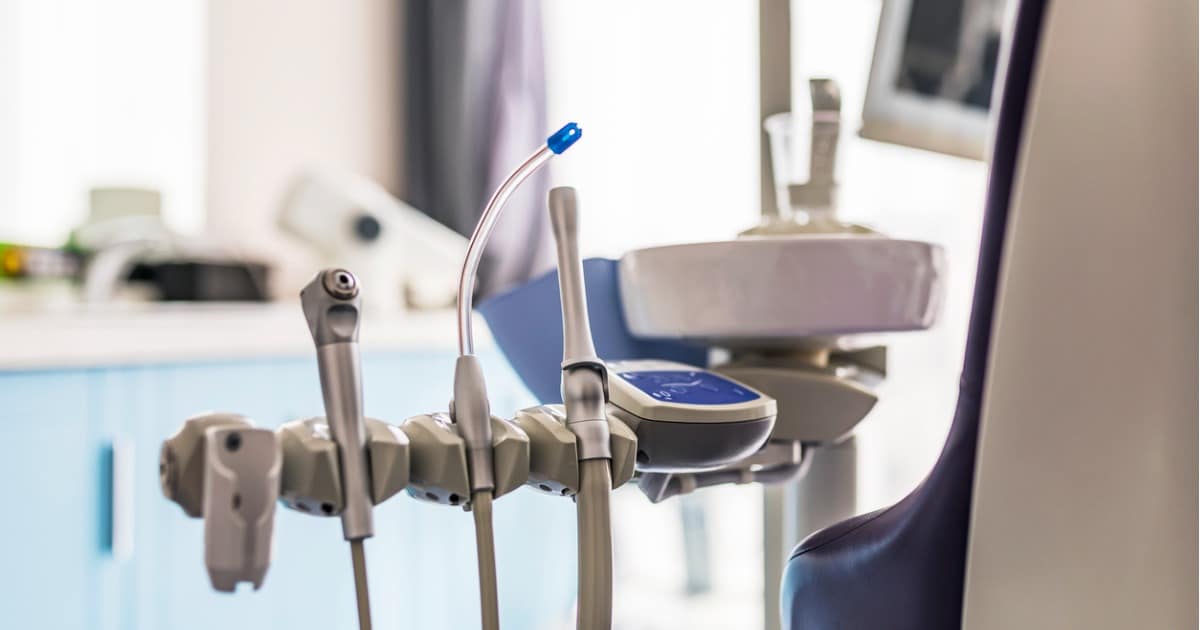Article updated Jan. 16, 2024, to reflect the latest changes to the Cal/OSHA COVID-19 Prevention Non-Emergency Regulations and to link to updated FAQ and related CDA resources.
Cal/OSHA on Jan. 9, 2024, updated its COVID-19 Prevention Non-Emergency Regulations to include changes to definitions and testing recommendations, particularly related to isolation of cases and testing of close contacts.
Dentists and other employers in California have been following the non-emergency regulations that replaced emergency regulations in early February 2023.
The updated regulations conform with the California Department of Public Health’s new public health officer order and updated COVID-19 guidance — both issued Jan. 9.
While some relaxation of the regulations occurred, resulting in a potentially shorter isolation period for COVID-infected workers, other requirements, such as for the testing of symptomatic employees, remain in place. For example, employers must continue to make testing available at no cost to employees and maintain a written COVID-19 prevention plan that is either part of or an addendum to their injury and illness prevention plan.
Nearly all the non-emergency regulations will remain enforceable for two years from the effective date — until Feb. 3, 2025 — but the record-keeping requirements will remain in effect for an additional year. Cal/OSHA can make additional changes to the non-emergency regulations prior to the February 2025 expiration date to align with any updated recommendations made by CDPH.
Isolation, exclusion no longer required for cases without symptoms
Notable changes in the non-emergency regulations effective Jan. 9 are:
- “Infectious period” for COVID-19 cases with symptoms is now defined as a minimum of 24 hours from the first symptom onset.
- “Infectious period” for COVID-19 cases with no symptoms no longer applies for the purpose of isolation or exclusion. If symptoms develop, the employer and employee will follow the above criteria.
- Although CDPH no longer recommends COVID-19 testing for all close contacts, Cal/OSHA continues to require employers to provide testing to employees who had close contact at the workplace.
COVID-19 cases with symptoms may return to work if 24 hours have passed (1) with no fever of 100.4 degrees or greater, (2) without the use of fever-reducing medications and (3) only if the employee’s symptoms are mild and improving.
Continue to provide face masks, offer testing at no cost
Besides updating definitions and testing recommendations on Jan. 9, Cal/OSHA also reinforced several requirements in the COVID-19 Prevention Non-emergency Regulations that remain unchanged.
Employers must continue to:
- Make COVID-19 testing available at no cost and during paid time to all employees who are exhibiting COVID symptoms or who had close-contact exposure to a COVID case at the workplace.
- Provide compliant face coverings to employees upon their request and ensure employees wear them when CDPH requires they be worn. Currently, COVID cases who return to work must wear a face covering indoors for 10 days from the start of symptoms or 10 days from the date of their first positive test if they did not have symptoms.
- Notify all employees and independent contractors who had close contact with a COVID-19 case.
- Report major COVID-19 outbreaks to Cal/OSHA. A major outbreak is still defined as 20 or more employee cases in an exposed group within 14 days.
- Exclude COVID-19 cases from the workplace during the employee’s infectious period.
- Develop, implement and maintain effective methods to prevent COVID-19 transmission in the workplace.
- Keep a record of and track all COVID-19 cases with the employee's name and other required information along with the date of the positive test or diagnosis.
- Maintain a written COVID-19 prevention plan that is either part of or an addendum to their injury and illness prevention plan.
Updated resources will help dentists comply with the regulations
CDA’s regulatory compliance experts reviewed relevant CDA resources to ensure they are aligned with the revised Cal/OSHA COVID-19 Prevention Non-Emergency Regulations. They include:
- COVID-19 Isolation and Exposure Protocol (updated Jan. 12, 2024): See what steps to take when an employee reports symptoms of COVID-19, a positive COVID-19 test or a close-contact exposure to COVID-19, plus find an updated glossary of terms.
- Sample COVID Addendum to the IIPP: Use it to comply with the requirement to address COVID-19 as a workplace hazard and document a prevention plan. This sample addendum can be added to the practice’s established Injury and Illness Prevention Program.
- Reporting Symptoms, Exposure or Positive Test for COVID-19: Employee Tracking Form.See the California Department of Industrial Relations’ updated FAQ on the COVID-19 Prevention Non-Emergency Regulations. See all COVID-19-related resources from CDA.

